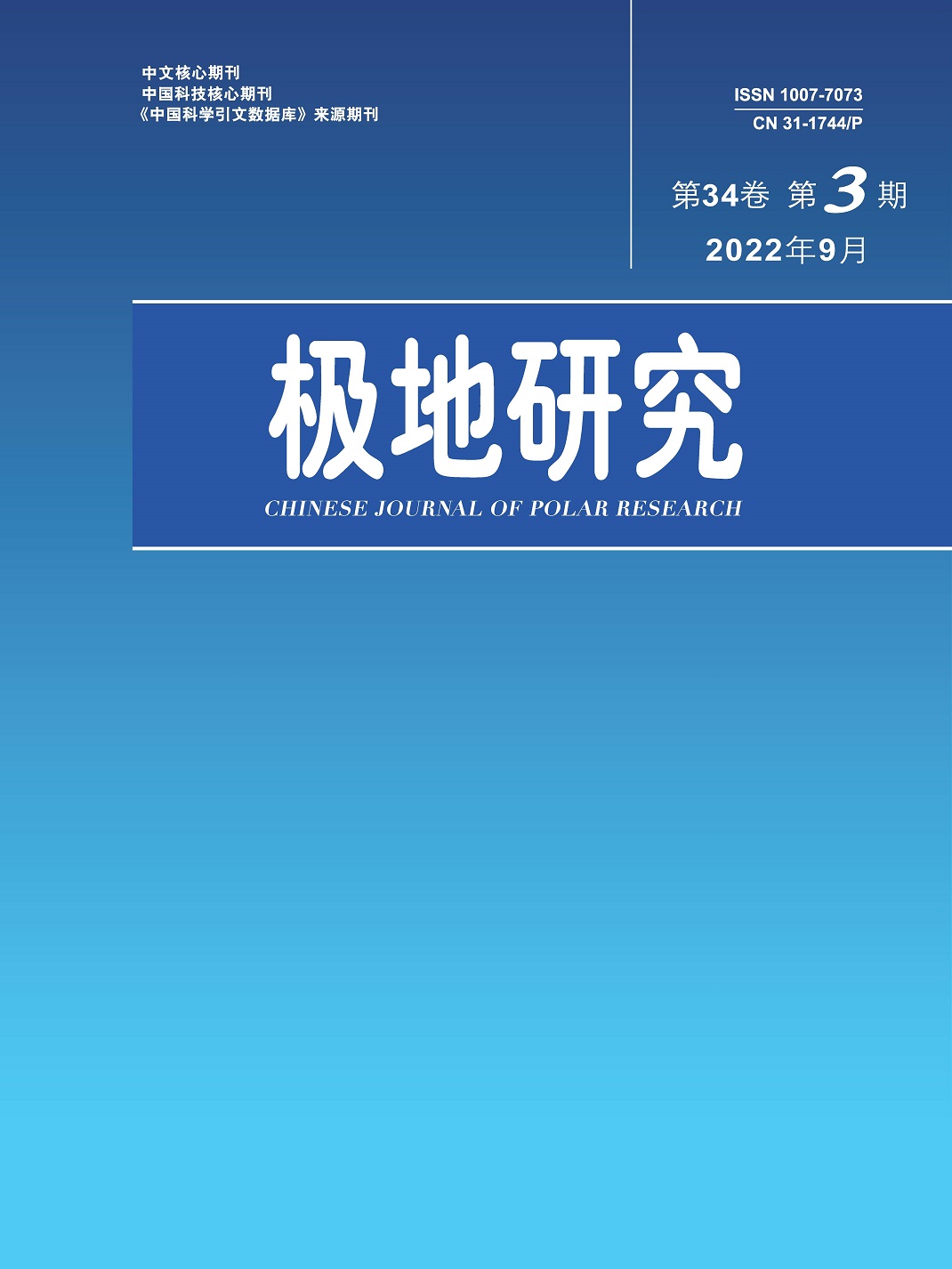|
|
The use and regulation of Unmanned Aerial Systems in the Antarctic and China’s role
Chen Yitong, Gao Xiao
2022, 34 (3):
329-339.
DOI: 10.13679/j.jdyj.20210042
Unmanned Aerial Systems (UAS) have been used in the Antarctic region to support scientific research, logistics, tourism, news reporting, and other activities. The use of UAS has been expanding and the locations where they are deployed are also increasing. For the Antarctic region, deployment of UAS is cheaper and more flexible than that of piloted aircraft, but may involve safety and environmental risks. The National Antarctic Programs of the United States, New Zealand, Germany, Poland, Spain, Australia, and the United Kingdom have had extensive experience in UAS deployment and regulation. On the basis of this field experience, the governments of these Antarctic Treaty Consultative Parties have been promoting the development of regulations under the Antarctic Treaty System to manage the use of UAS in the Antarctic. As the expansion of the use of UAS and development of international regulations continue, we recommend that China develop strategies that can take into account its domestic and international interests. Our recommendations are as follows: China should (1) improve its UAS management mechanism, establish the airworthiness of its UAS in Antarctica, and encourage the development of related industries domestically; (2) use its experience in UAS deployment and regulation and actively participate or even take the lead in the development of international regulations of UAS use in the Antarctic to promote its influence in Antarctic governance.
References |
Related Articles |
Metrics
|

